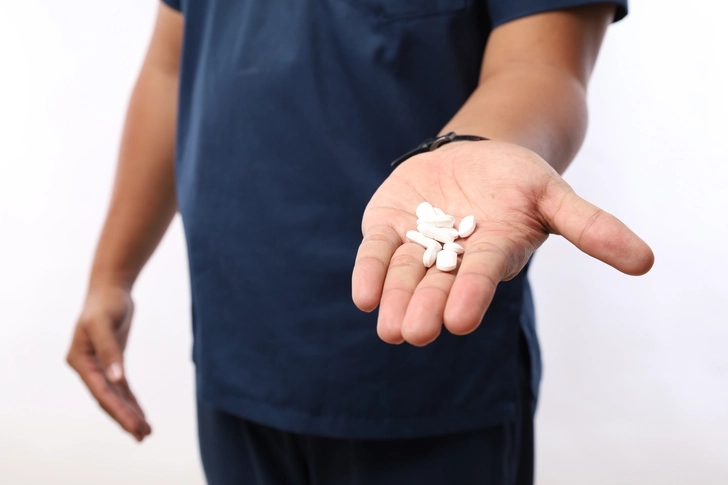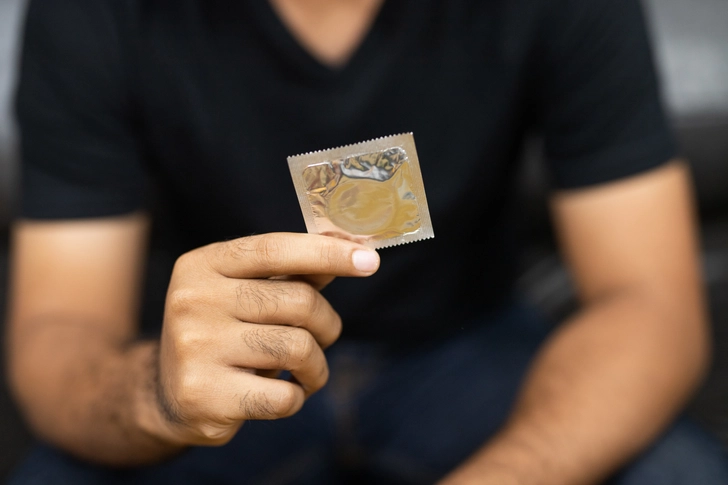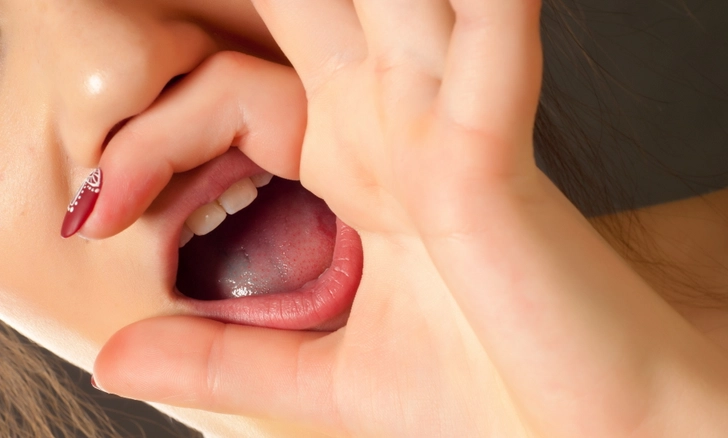- Overview
- Symptoms
- Causes & Risks
- Screening & Testing
- Diagnosis
- Treatment
- How HIV Affects the Body
- Opportunistic Infections
- Complications
- Living With
- Dating & Relationships
- Support & Resources
- Prevention
- Appointment Prep
- View Full Guide
Understanding HIV Transmission


Understanding HIV Transmission
HIV can be transmitted through certain bodily fluids, including blood, semen, vaginal fluids, and breast milk. The most common ways of transmission are through unprotected sex and sharing needles. It's important to know that HIV cannot be spread through casual contact, such as hugging, kissing, or sharing food. By understanding how HIV is transmitted, you can take effective steps to protect your partner and maintain a healthy relationship.

The Power of Medication
Antiretroviral therapy is crucial in managing HIV and protecting your partner. By taking your medication as prescribed, you can lower your viral load to undetectable levels. This greatly lowers the risk of transmitting HIV to your partner. Stick to your treatment plan, attend regular checkups, and communicate openly with your health care provider about any concerns or side effects.

Use Condoms
Even with an undetectable viral load, using condoms during sexual activity offers an extra layer of protection. Condoms not only prevent spreading HIV but also protect against other STDs. Use condoms consistently and correctly for all types of sexual contact. Open communication with your partner about safe sex practices is essential for mutual protection and trust.

PrEP Your Partner
Pre-exposure prophylaxis (PrEP) is a preventive medication for HIV-negative people. If your partner is HIV-negative, they can take PrEP to significantly lower their risk of contracting HIV. PrEP is highly effective when taken as prescribed. Encourage your partner to discuss PrEP with their doctor.

Open Communication
Honest communication about your HIV status and treatment is crucial in any relationship. Encourage them to get tested regularly for HIV and other STDs. Thirteen states have laws that require you to disclose your HIV status to anyone you have sex with. Even if you don't live in those states, sharing your diagnosis allows your partner to decide how much risk they're willing to take.

Safe Sex Practices
Intercourse isn't the only way to enjoy intimacy. Opting for oral sex is far less risky than vaginal or anal sex. Putting your partner on top during anal sex could also be a good option, as it's safer for the HIV-positive partner to be the receiving person. That's because the lining of the anus is thin, which may let HIV enter the body easily. Mutual masturbation is another form of sexual contact that doesn't come in contact with bodily fluids.
PHOTO CREDITS:
Slide 1: Roman Samborskyi/Shutterstock
Slide 2: pakww/Shutterstock
Slide 3: GBJSTOCK/Shutterstock
Slide 4: Viktoriia Hnatiuk/Shutterstock
Slide 5: fizkes/Shutterstock
Slide 6: Sergei Mishchenko/Shutterstock
SOURCES:
HIV.gov: "Talking About Your HIV Status," "HIV Treatment Overview,” “How is HIV Transmitted?"
CDC: "HIV/AIDS, Protecting Others," "Condom Fact Sheet In Brief," "Risk Reduction Tool," "HIV/AIDS: PreP," "HIV Transmission," "HIV/AIDS, Oral Sex and HIV Risk."
Avert: "Undetectable Equals Untransmittable," "What is pre-exposure prophylaxsis (PREP)?"
Lambda Legal: "HIV Criminalization."
HIV i-Base (UK): "HIV after starting ART in detail."